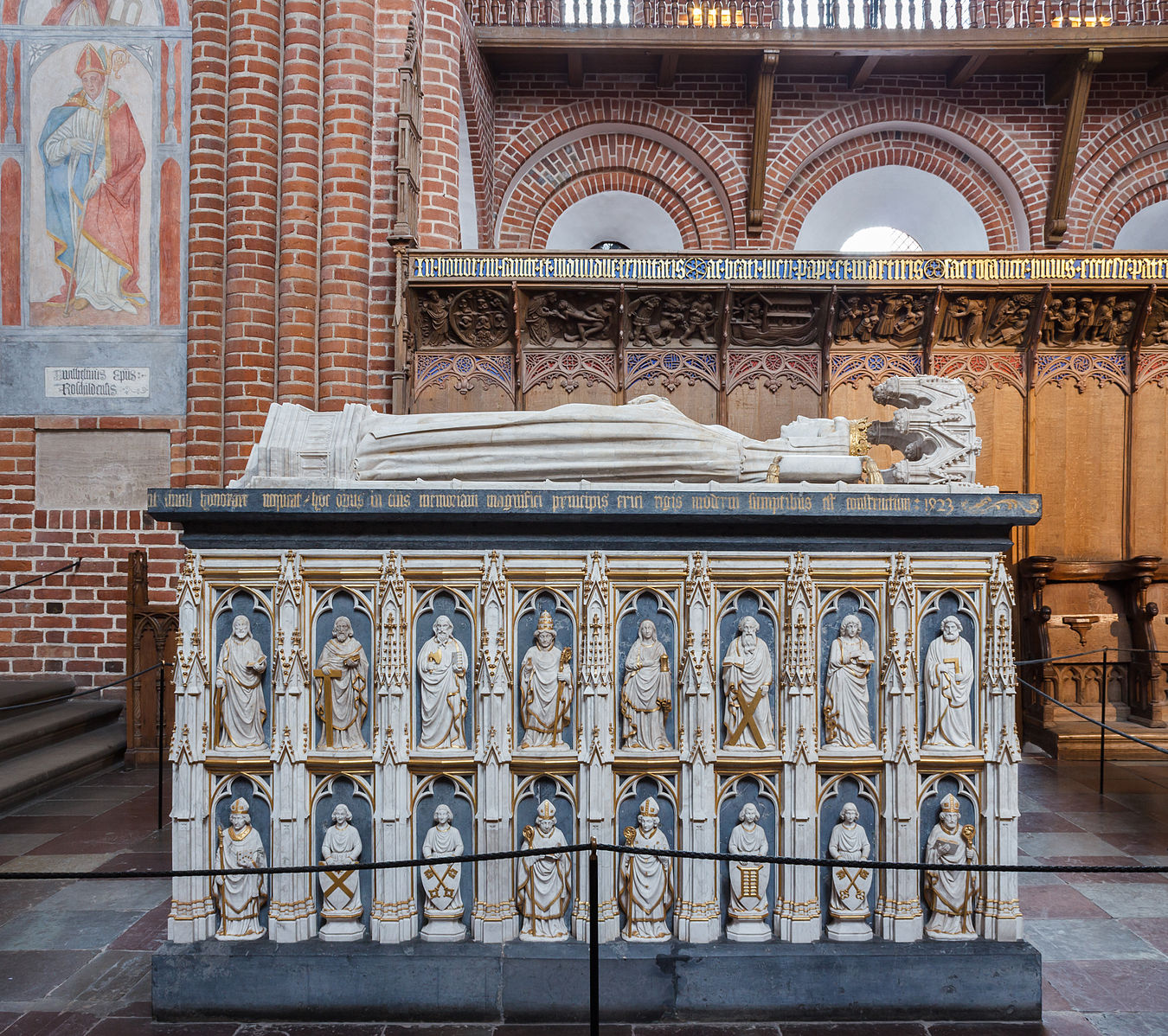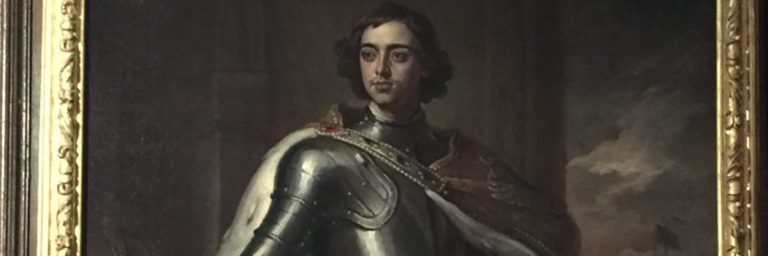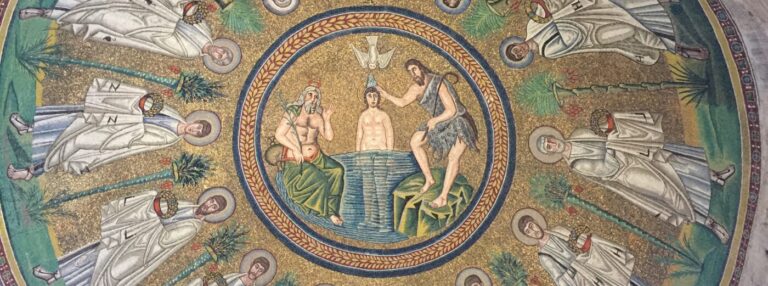As the age of the Vikings subsided and the Scandinavian countries became more mainstream monarchies, the predictable turf battles broke out between the royal families of Denmark, Norway, and Sweden. In addition, most of the rest of the northern European realms had united into the Hanseatic League for trading purposes, cutting out the Scandinavians. Then, the Count of Holstein, from the Holy Roman Empire’s realm just south of the Danish Jutland peninsula, murdered the Danish royal family.
Danish nobleman and folk hero, Niels Ebbesen, launched a midnight raid and took out the Count. He then recalled the ten-year-old Valdemar IV from the Bavarian court of the Holy Roman Empire and named him King of Denmark in 1340 CE. Growing up in such a violent environment must have toughened young Valdemar because he proceeded to build armies and take back Denmark, piece by piece.

Valdemar’s daughter, Margrethe I of Denmark, married Haakon VI, King of Norway. Haakon’s father had been king of both Sweden and Norway, before Norwegian nobility forced him to abdicate in favor of his son. So, when Margrethe had baby Olaf, he had royal blood from all three thrones. Valdemar died in 1376. Haakon died in 1380, making Olav the King of Denmark and Norway at the tender age of ten. Margrethe ruled as regent until Olav himself passed away at age 17. Two years later, the Hanseatic usurper of the Swedish crown was run out of Sweden.
None of these nations had a provision for a woman to assume the throne. However, Margrethe managed to pull off a “personal union” of all three crowns. This was called the Kalmar Union. Se Queen Margrethe I, 1353-1412, and the Founding of the Nordic Union (Northern World, V. 9).
In an attempt to keep the Union together, Margrethe reached all the way to Pomerania, the coastal region of Germany, Poland, and Prussia, on the south coast of the Baltic Sea. She adopted her grand-nephew Eric at the age of ten and groomed him for greatness. He became Eric VII of Denmark, Eric III of Norway and Eric (they actually lost count!) of Sweden.
The Union was a hesitant affair, given the stretched royal connections. By 1520 CE, the Swedes were getting antsy. Danish King Christian II sent his army into Stockholm and murdered almost 100 of the Swedish nobility. That set the stage for Gustav Vasa to raise a Swedish army of liberation and to break away from the Union in 1523 CE. Denmark still retained sovereignty over the southern tip of Sweden, Scania, which allowed them to control the shipping traffic through the Oresund, which they taxed. This would finally end in 1648 CE, with the Thirty Years War.
Danish history after the Thirty Years War, was mostly intermittent skirmishes with Swedes, most of which they lost. They made the mistake of backing Napoleon, and Copenhagen was mercilessly shelled by the British Navy because of it. At the peace talks, they gave up their authority over Norway, ceding it to archrival Sweden.
In 1848 CE, the year of European revolutions, after 188 years of absolute, hereditary monarchy, Denmark managed a bloodless transition to constitutional monarchy, with a parliamentary system sharing power with the king. The political parties that have participated in this government have almost never seen a majority victory. Because of this, Danes are used to the constant horse-trading of political compromise. They consider it part of their culture.
In a tussle with Baron von Bismarck of Germany, in 1864 CE, the Danes were pretty much humiliated and lost their southern territory, Schleswig. After WWI, Schleswig voted to split in two, with Northern Schleswig joining Denmark and Southern Schleswig staying with Germany. In WWII, Hitler invaded Denmark practically overnight and they sat out the war until liberation.
The titan of Danish literature is Hans Christian Andersen. There is a statue of his Little Mermaid in Copenhagen Harbor. You know some of his tales by heart: The Annotated Hans Christian Andersen (The Annotated Books). More recently, Isak Dinesen’s Out of Africa (Modern Library)
became another classic by a Danish author. The following link is a very cute, though dated, (1921), book of cultural topics about Denmark that is very fun to read: http://www.gutenberg.org/files/20107/20107-h/20107-h.htm
When visiting Copenhagen, a spin through Tivoli Gardens is an imperative. It is charming and entertaining. A great place for kids. Walt Disney indicated that Tivoli inspired him to create Disneyland.
Finally, don’t forget Kronborg Castle, guardian of the Oresund. This was Shakespeare’s Elsinore, the locale for Hamlet, Prince of Denmark. (The Oxford Shakespeare: The Complete Works 2nd Edition)








